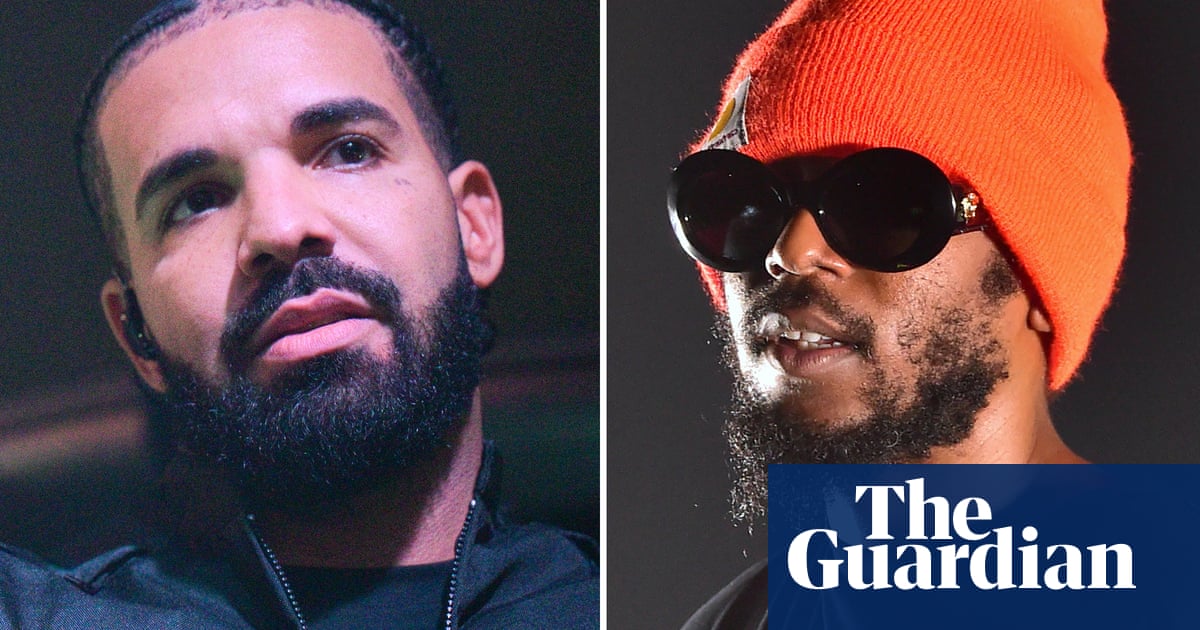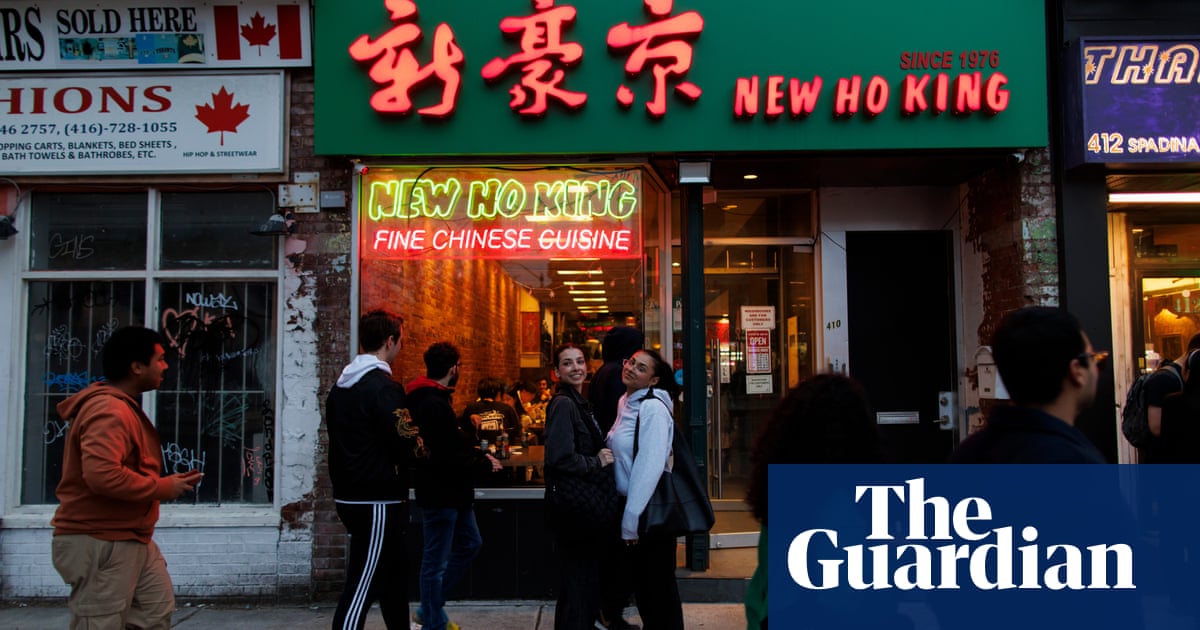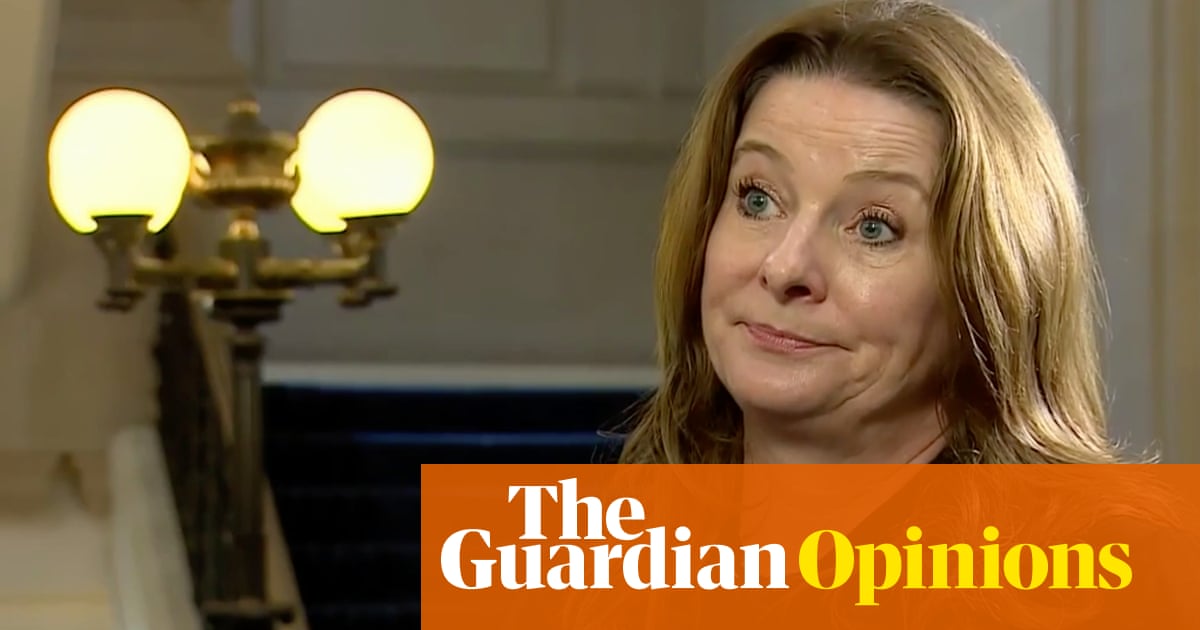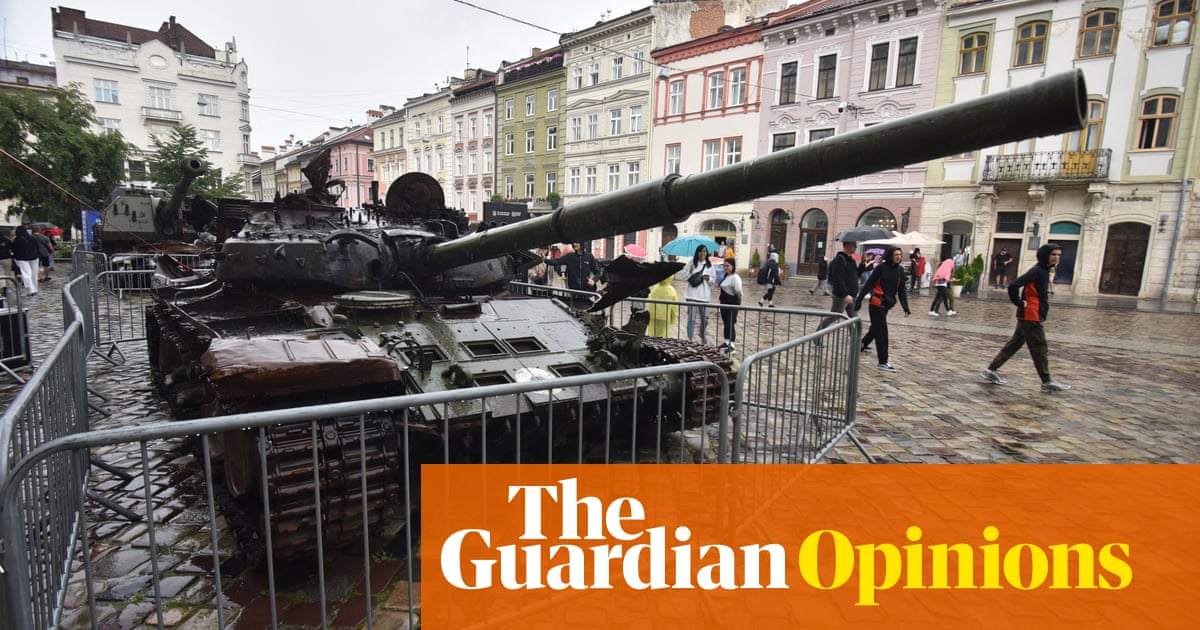
It’s the most talked about event in pop culture right now, with experts and fans calling it “the defining hip-hop beef of the 21st century”.
The long-simmering feud between two of the world’s most famous artists – Drake and Kendrick Lamar – finally erupted this week.
“Artists taking lyrical shots at each other is keeping fans on their toes,” Joseph Patterson, editor of Complex UK and Trench magazine said.
“It’s exciting dissecting the lyrics, and it allows listeners to see their favourite rhymers in a completely different headspace. They’re able to show off their lyricism in ways that a traditional song or setting might not always afford.”
So for the uninitiated, here’s everything you need to know:
Why is everyone talking about this beef?
Drake and Lamar are two of the most successful musicians in the world. Drake, a 37-year-old Toronto rapper, has five Grammys and 29 Billboard awards under his belt. He is the most streamed male artist on Spotify of all time. Meanwhile, the 36-year-old Lamar, from Compton, California, has won 17 Grammys from 50 nominations and is the only musician outside the classical and jazz genres to be awarded the Pulitzer prize.
The pair have used rapid-fire diss tracks to sling mud at each other. It began with insults but quickly took a darker turn with allegations of serious crimes such as domestic abuse and paedophilia. Both men deny any wrongdoing.
The tracks have racked up millions of streams, and Lamar’s Not Like Us is Spotify’s most streamed song at the moment, with 12m plays a day.
On Tuesday, a security guard was shot and seriously injured outside Drake’s Toronto home, which appeared on the cover art for Not Like Us (investigators are yet to determine a motive). The following day, a person was apprehended after they sought to access Drake’s home.
What’s the background?
Drake and Lamar actually began their relationship collaborating together. Their sounds are quite different: Drake incorporates a more poppy sound that appeals to mainstream audiences. Lamar’s music is more lyrical and conceptual.
In 2011, they were both predicted to become the next rap superstars after the success of their debut albums, Thank Me Later and Section89. Drake even invited Lamar to open for him on his Club Paradise tour and the pair appeared together on tracks including Poetic Justice from Lamar’s second album Good Kid, M.A.A.D City.
But their relationship soured after Lamar featured on Big Sean’s track Control in 2013. In it, he called himself the “King of New York” and named checked contemporary rappers including Drake, saying “I got love for you all but I’m tryna murder you.”
In an interview soon after, Drake responded: “I know good and well that Kendrick’s not murdering me, at all, in any platform.”
They went on to make subtle digs at each other over the subsequent years.
When did the current tensions arise?
In March, Lamar appeared on the track Like That by rapper Future and the producer Metro Boomin. He hit back at Drake and J Cole’s collaborative single First Person Shooter, in which Cole referred to himself, Drake and Lamar as “the big three” of modern rap, saying there was no big three, “just big me”.
He also called himself the Prince to Drake’s Michael Jackson. Future and Metro Boomin went on to release two albums that featured a host of Drake’s past associates sharing a dislike of the rapper – something Drake called a “20 v 1” fight.
When did the new diss tracks drop?
On 13 April, Drake’s track Push Ups leaked. It included attacks on Lamar’s height, shoe size and business dealings. On the follow-up song, Taylor Made Freestyle, he taunted Lamar for being scared to release music at the same time as Taylor Swift.
Drake also used AI voice filters to mimic Tupac Shakur and Snoop Dogg imploring Lamar to properly represent the West Coast. The song was eventually removed from all platforms after Shakur’s estate threatened to sue him.
At the end of April, Lamar used his first diss track Euphoria to call Drake a “master manipulator and habitual liar”. The song also criticised Drake’s rapping, appearance, racial identity and standing as a father. Lamar claimed it was Drake’s use of his partner’s name Whitney in Push Ups that had crossed a red line.
Lamar then released a second, Instagram-only track, 6:16 in LA, in which he called Drake a “terrible person” and hinted he had a mole in Drake’s team.
That same night, Drake released Family Matters, in which he accused Lamar of domestic violence and infidelity. “They hired a crisis management team to clean up that fact that you beat on your queen,” he rapped. He also claimed one of Lamar’s children is being fathered by his business partner.
Lamar’s Meet the Grahams was released just 20 minutes later. Lamar accused Drake of being a sexual predator, and said he and Harvey Weinstein “should get fucked up in a cell for the rest of their life”. Less than 24 hours later, he followed up with Not Like Us, doubling down on his allegations of Drake’s inappropriate relationships with minors and calling him “a coloniser” for exploiting Black artists and culture.
On 5 May, Drake released The Heart Part 6, in which he denied ever being with “anyone underage” and boasted that he had planted fake information about his hidden daughter that Lamar had used.
“Both parties hit below the belt,” Patterson said. “As soon as kids were mentioned, I knew this beef would be a forever thing. If you think they’re going to one day shake hands and hang out at brunches together like Nas and Jay-Z you’re in for a shock.”
What are the criticisms?
Some have accused the rappers of using women’s pain and trauma to bolster their own reputation.
“These men are casually rapping about child sex abuse, domestic abuse and harbouring secret children that they’ve presumably known about for years, but only chose to reveal when they were fighting,” wrote Tayo Bero in the Guardian.
Estée Blu, R&B-Jazz artist and founder of Blu Wav artist wellbeing, said: “I was disturbed by the series of allegations concerning the abuse of Black women and children in particular, that have been used for entertainment purposes.”
She said the beef had highlighted “the imminent need to prioritise the safety of women” and the need for “strong and enforceable safeguarding protocols” across the music industry.
“These figures have global reach, money, power, resources and inter-generational impact that should be used more responsibly,” she said.












